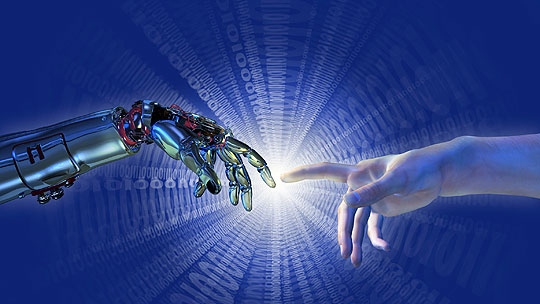2 min read • Technology & innovation management
Arthur D. Little produces systematic approach for managing technological change
Information and communication technologies (ICT) continue to drive innovation across industry sectors, whether replacing established technologies or enhancing the functionality of existing products. Managing Technological Discontinuities, the latest report from innovation consultancy Arthur D. Little, outlines a workable framework for dealing with both the business opportunities and potential challenges that the changing face of ICT presents. In order to stay competitive, businesses affected by the challenges arising from new technologies must adopt a strategic approach in dealing with them. Arthur D. Little has put together a five step framework for businesses to follow to successfully manage technological discontinuities:
- Identify potential discontinuities through an analysis of system-related functions and customer-related functions
- Assess potential discontinuities and prioritize those that warrant detailed analysis
- Analyze the impact and challenges both externally through new competitors and internally through a changing technological base
- Make strategic decisions by identifying new strategic excellence positions (SEP)
- Take action by building a successful timing strategy, in-house ICT competency development and coordinate with other market participants
Intelligent energy – ICT discontinuity in action One current development bringing about technological discontinuities is the vision of an intelligent energy supply and usage system, including a smart grid on a macro level and smart buildings on a micro level. This development is driven by the rapid growth of a decentralized and fluctuating power supply, brought about by an increase in renewable energy sources. It requires power generation, allocation and usage to be more closely connected, and demands automated processes to balance supply and demand. ICT solutions will play a key role in meeting these requirements, but will also devalue the strategic importance of established know-how and capacities. “In a world increasingly driven by changes in ICT, the winners will be those companies that can capture, protect and internalize ‘new to industry‘ and ‘new to world‘ technologies,” says Volker Kirchgeorg, Director and Global Practice Leader of Arthur D. Little’s Technology & Innovation Management Practice. “Understanding market trends and approaching technological change with an open mind will be vital for future business success.” To access the full report, please visit:
2 min read • Technology & innovation management
Arthur D. Little produces systematic approach for managing technological change
Information and communication technologies (ICT) continue to drive innovation across industry sectors, whether replacing established technologies or enhancing the functionality of existing products. Managing Technological Discontinuities, the latest report from innovation consultancy Arthur D. Little, outlines a workable framework for dealing with both the business opportunities and potential challenges that the changing face of ICT presents. In order to stay competitive, businesses affected by the challenges arising from new technologies must adopt a strategic approach in dealing with them. Arthur D. Little has put together a five step framework for businesses to follow to successfully manage technological discontinuities:
- Identify potential discontinuities through an analysis of system-related functions and customer-related functions
- Assess potential discontinuities and prioritize those that warrant detailed analysis
- Analyze the impact and challenges both externally through new competitors and internally through a changing technological base
- Make strategic decisions by identifying new strategic excellence positions (SEP)
- Take action by building a successful timing strategy, in-house ICT competency development and coordinate with other market participants
Intelligent energy – ICT discontinuity in action One current development bringing about technological discontinuities is the vision of an intelligent energy supply and usage system, including a smart grid on a macro level and smart buildings on a micro level. This development is driven by the rapid growth of a decentralized and fluctuating power supply, brought about by an increase in renewable energy sources. It requires power generation, allocation and usage to be more closely connected, and demands automated processes to balance supply and demand. ICT solutions will play a key role in meeting these requirements, but will also devalue the strategic importance of established know-how and capacities. “In a world increasingly driven by changes in ICT, the winners will be those companies that can capture, protect and internalize ‘new to industry‘ and ‘new to world‘ technologies,” says Volker Kirchgeorg, Director and Global Practice Leader of Arthur D. Little’s Technology & Innovation Management Practice. “Understanding market trends and approaching technological change with an open mind will be vital for future business success.” To access the full report, please visit:



